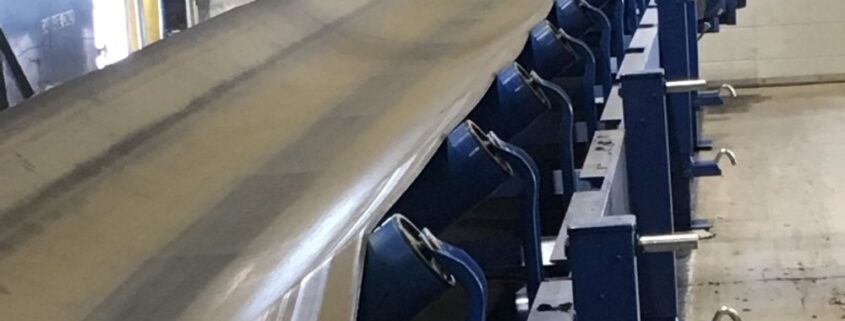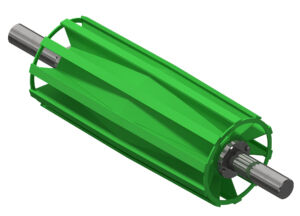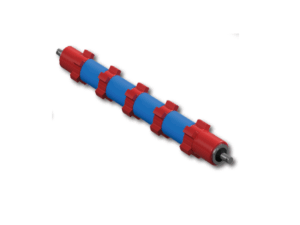Conveyor belts and pulley systems are standard for efficient bulk handling, moving material and products through a facility, and reducing heavy labour in just about every industry you can imagine. As reliable and robust as these systems are, they do experience the occasional issue. And what may seem like a minor problem – like tiny build-ups of material or a slight noise here and there – can turn into a much more significant issue.
In fact, conveyor belt damage can cost companies hundreds of thousands of dollars in lost operations and lead to worker injury. This article lists some of the most common causes of industrial conveyor belt damage and ways you can prevent them.
Large or excessive material
The impact zone is prone to belt damage from bulky material or excessive weight. If a conveyor and pulley system is not designed to handle the application, the belt is stretched and becomes disfigured each time it carries a heavy load. Over time, the rollers become less effective and lead to premature wear and tear.
To prevent this, impact beds are installed under the belt and the impact zones. They absorb and transfer the forces from falling material, protecting the belt and lengthening the life of conveyor rollers and idlers.
Abrasive material
In contrast to large or excessive material, products can be light or small in nature but can be highly abrasive to the belt itself. This can include materials such as diamonds, crystal, aluminum oxide, glass, stones, cast iron, and more. A simple solution for this is to use the correct type of belt. For example, rubber belts are available in different grades, customizable to suit a range of applications and environments.
Material carryback
This issue is one of the most common in conveyor operations. Carryback is the material left on the belt after discharge. The amount of carryback depends on the material’s characteristics and susceptibility to sticking. In general, all conveyor systems experience carryback to some extent. The goal here is to keep it to a minimum as it can create a hazardous work environment. If the material gets into the conveyor’s undercarriage, it can lead to significant downtime and preventable maintenance.
Additionally, excessive carryback wears down the belt faster and causes damage to other components. A way to prevent this is to install belt cleaners on either the head or tail of the pulley or both. Belt cleaners ride against the belt to dislodge material and reduce the amount of buildup on the belt itself.
Excessive wear and tear on rollers and idlers
It’s easy to see the damages that can be done on the industrial conveyor belt itself due to heavy or abrasive material, as well as material carryback and spillage. However, any damage to the conveyor belt affects the system’s components, including the rollers and idlers.
To further protect the conveyor rollers and idlers, Luff has a patented high-strength and impact-resistant polymer endcaps. These endcaps surround a maintenance-free bearing to protect from dust and moisture contamination. Furthermore, a polymer disc called the Safety Anti-Lock Shield is designed to sit inside the endcap. This disc remains stationary as the roller rotates around, preventing them from seizing due to excess material.
While there are many conveyor idlers and rollers suppliers in the market, Luff is a leading naming in conveyor manufacturing. Our goal is to extend the life of your conveyor system, reducing operational and maintenance costs with high-quality designs.




